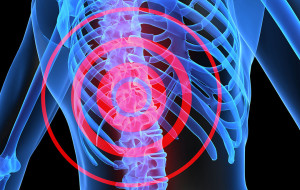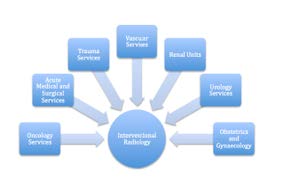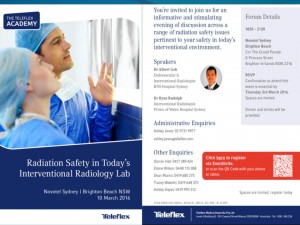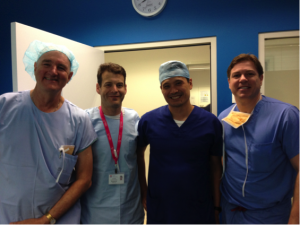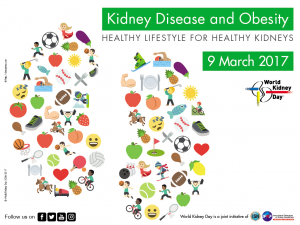
World Kidney Day – 9 March 2017
Today is #WorldKidneyDay! Join us to show that together, we make a difference in raising awareness of the important of kidney health. For facts on kidney disease, click here to view a copy of the World Kidney Day infographic. If you are one of the many suffering from kidney disease, read more about how interventional radiology can offer you a minimal invasive treatment options including catheter placement, from our website here. READ MORE




